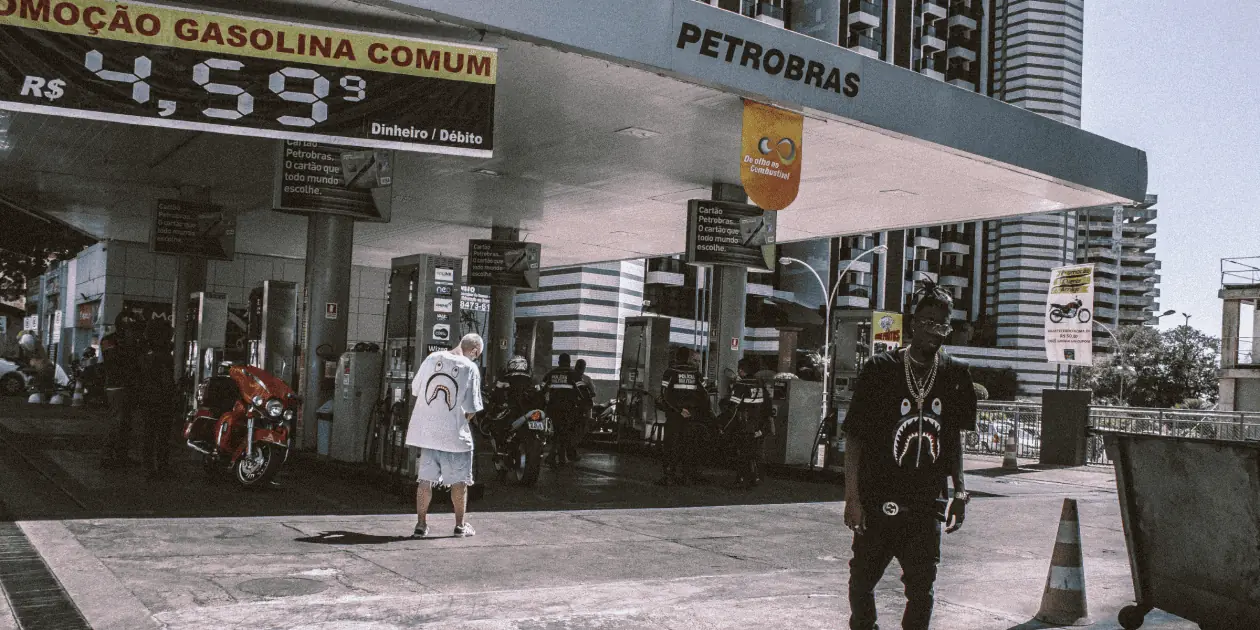Petrobras took longer to adjust prices at refineries this year in periods when values were on the rise in foreign markets compared to intervals in which the fuel retreated, pointed Reuters survey, based on data from the state oil company and the industry.
The history is another sign that the company may be slow to pass on the recent price advance abroad, after the Organization of the Petroleum Exporting Countries (OPEC) and allies like Russia, known as OPEC+, last week carried out the biggest cut in oil production since 2020.
Analysts had already told Reuters that a domestic readjustment – always unpopular – at this point was seen as unlikely considering the political backdrop, in which President Jair Bolsonaro is running for re-election, with runoff voting scheduled for later this month.
In the midst of Brazil’s presidential election runoff, in which President Jair Bolsonaro is running for re-election, the company may have changes on its board that could affect areas of the oil company that set fuel prices.
In the first half of the year, when fuel prices abroad were on the rise amid the outbreak of war in Ukraine, the intervals between price increases at the state-owned oil company’s refineries ranged from 38 to 59 days for diesel and 57 to 98 days for gasoline.
When the commodity’s downward movement began, in July of this year, amid fears of recession abroad, among other issues, the period between reductions was between 6 and 38 days for diesel and between 9 and 17 days for gasoline. Petrobras’ pricing policy provides for following international indicators, but avoids passing on volatility to the domestic market. Thus, adjustments to the prices charged at its refineries to distributors do not immediately follow external movements.
Oil prices closed Friday at a five-week high, boosted by the OPEC+ move. On Monday, Brent oil was trading down about 1 percent around 12:40 p.m.
The survey also pointed out that Petrobras remained longer with domestic values misaligned with external values throughout the first half of the year, compared with the fall period after July, considering company data and daily estimates published by the Brazilian Association of Fuel Importers (Abicom). In the case of diesel, domestic market prices remained below international in the first half of the year between 29 and 54 days before an increase by the oil company. When international market prices began to fall, the misalignment interval fell to 16 to 23 days.
For gasoline, while in the first half of the year increases occurred within 66 days of an unfavorable international price, since July, reductions at refineries have been made between 8 and 20 days after declining price behavior.
According to Abicom’s most recent report, Petrobras’ price lag for both gasoline and diesel in Brazil has remained continuous for 8 business days, registering last Friday a 10 percent lag for gasoline and a 13 percent lag for diesel.
At the moment, Petrobras has gone 20 days without readjusting diesel and 38 days without changing gasoline prices, well below the maximum periods it managed to hold increases during the first half of the year, 59 days for diesel and 98 days for gasoline.
Moreover, the current levels of lag – according to Abicom’s calculations – are far from the peak verified, for example, two days before the March 11 readjustment, of 30% for gasoline and 40% for diesel. But if on the one hand the reductions became more frequent in the second half of the year, the percentages of adjustments have been lower than those of previous increases. Diesel, for example, even had a single readjustment of 24.9%, in March, while the largest reduction applied in the second half of the year was 5.78%, on September 20.
Solicited, Petrobras did not immediately comment on the matter, but has said it seeks not to immediately pass on to consumers the volatility of prices in the international market.





